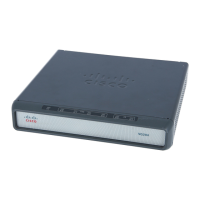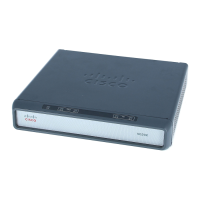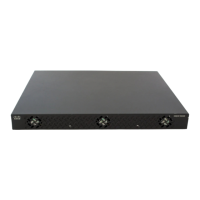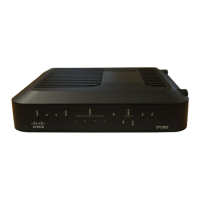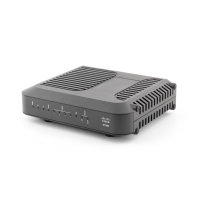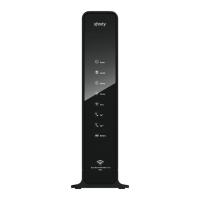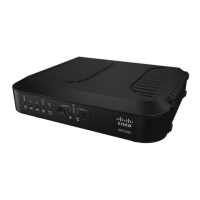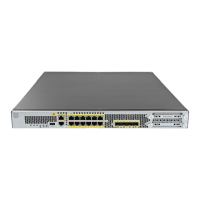Configuring ISG Subscriber Services
Prerequisites for Configuring ISG Subscriber Services
2
Prerequisites for Configuring ISG Subscriber Services
For information about release and platform support, see the “Feature Information for ISG Subscriber
Services” section on page 18.
Restrictions for Configuring ISG Subscriber Services
Only one nondefault traffic class may be configured in each service.
When multiple services are active on a given session, class-based actions are executed on a first-match
basis only; in other words, once a class is matched, the actions associated with that class will be
executed, and no other class will be matched.
Services that are defined on the ISG device cannot be selected externally because they will not be
advertised to a portal.
Information About ISG Subscriber Services
Before you configure ISG subscriber services, you should understand the following concepts:
• ISG Services, page 2
• Primary Services, page 3
• Traffic Classes and Traffic Class Priority, page 3
• Traffic Policies, page 3
• ISG Features, page 3
• Service Groups, page 4
• Service Activation Methods, page 4
ISG Services
An ISG service is a collection of policies that may be applied to a subscriber session. ISG services can
be applied to any session, regardless of subscriber access media or protocol, and a single service may be
applied to multiple sessions. An ISG service is not necessarily associated with a destination zone or a
particular uplink interface.
Services can be defined in two ways: in a service policy map that is configured on the ISG device by
using the CLI, and in a service profile that is configured on an external device, such as an authentication,
authorization, and accounting (AAA) server. Although they are configured differently, service policy
maps and service profiles serve the same purpose: they contain a collection of traffic policies and other
functionality that can be applied to a subscriber session. Traffic policies determine which functionality
will be applied to which session traffic. A service policy map or service profile may also contain a
network-forwarding policy, a specific type of traffic policy that determines how session data packets will
be forwarded to the network.

